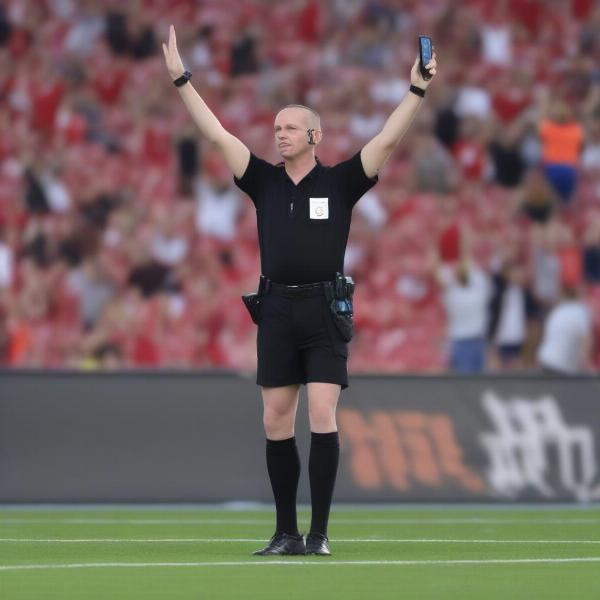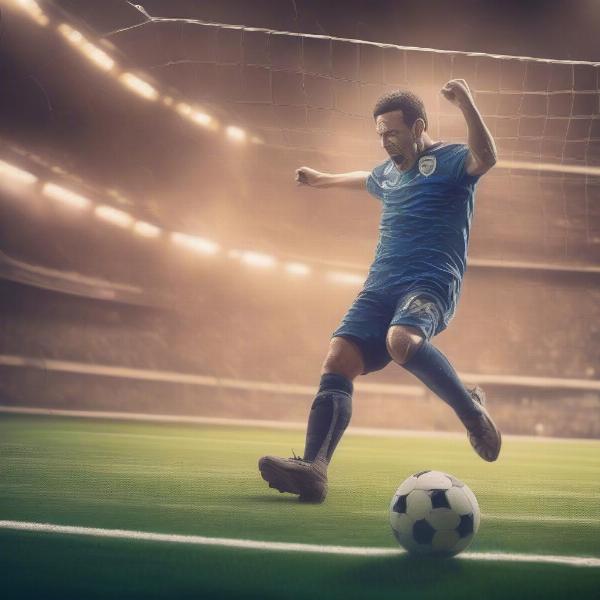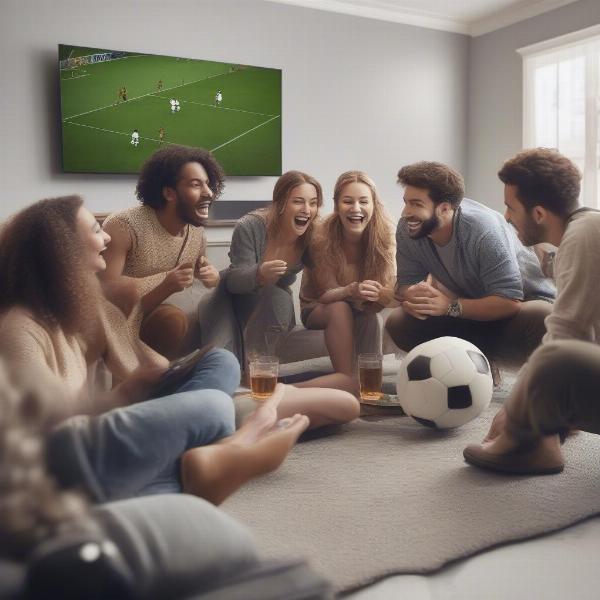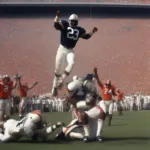A soccer match, also known as football in most parts of the world, typically lasts 90 minutes, divided into two 45-minute halves. However, there’s more to it than just those 90 minutes. Let’s dive into the specifics of soccer game durations, covering everything from stoppage time to extra time and variations across different levels of play.
Understanding Standard Soccer Game Duration
The standard 90-minute duration for professional soccer games is governed by the International Football Association Board (IFAB), the body responsible for the Laws of the Game. This 90-minute period is the core playing time, excluding any stoppages or additions.
Halftime Break
Between the two 45-minute halves, there is a halftime break, typically lasting 15 minutes. This allows players to rest, rehydrate, and receive tactical instructions from their coaches. This period offers a vital breather and a chance for teams to adjust their strategies.
Stoppage Time
One of the key aspects that make soccer game durations variable is stoppage time, often referred to as “injury time” or “added time.” This is time added to the end of each half to compensate for any significant delays during play. These delays can include:
- Injuries to players: Time spent treating injured players on the field.
- Substitutions: Time taken for player substitutions.
- Time-wasting: Deliberate attempts by players to delay the game.
- Disciplinary actions: Time taken for the referee to issue cards (yellow/red) and deal with any resulting disputes.
- Any other significant interruptions: Goal celebrations, assessments by VAR (Video Assistant Referee), etc.
The referee has the sole discretion to determine the amount of stoppage time added at the end of each half. While it can be as short as a minute or two, significant stoppages can lead to considerably longer additions.
 Referee Adding Stoppage Time in a Soccer Match
Referee Adding Stoppage Time in a Soccer Match
Variations in Game Duration Across Different Levels
While the 90-minute plus stoppage time format is standard for professional adult soccer, there are variations at different levels of play:
- Youth Soccer: Games for younger players are often shorter, with reduced half lengths. This can vary depending on the age group and specific league regulations. For example, U12 games might consist of 30-minute halves.
- Amateur Soccer: Similar to youth leagues, amateur adult soccer games may also have shorter durations, agreed upon by the participating teams and the league organizers.
- Friendly Matches: In friendly or exhibition matches, the game duration can be modified by mutual agreement between the teams. This can be useful for testing players, experimenting with tactics, or accommodating specific event schedules.
Extra Time and Penalty Shootouts
In knockout competitions, if the score is tied after the standard 90 minutes and stoppage time, extra time is played. This consists of two 15-minute halves. If the score remains tied after extra time, the winner is determined by a penalty shootout.
 Penalty Shootout Deciding a Soccer Game
Penalty Shootout Deciding a Soccer Game
Factors Influencing Soccer Game Length
Several factors can influence the actual length of a soccer game:
- Style of Play: Teams that prioritize possession and slow build-up may contribute to a longer game, while teams relying on fast counter-attacks may lead to a quicker pace.
- Refereeing Style: Some referees are more lenient with time-wasting tactics, which can extend the game’s duration. Other referees are stricter, adding less stoppage time.
- Weather Conditions: Adverse weather conditions, like heavy rain or extreme heat, can lead to more stoppages and impact the overall game length.
- Importance of the Match: High-stakes games, such as cup finals or crucial league matches, might see more added time due to strategic time-wasting by teams trying to secure a result.
How Long are Soccer Games on TV?
When watching a soccer game on television, the broadcast typically includes pre-game analysis, halftime shows, and post-game discussions. This adds to the overall viewing time, which can be significantly longer than the actual 90 minutes of playing time. A televised soccer match can easily take up two to three hours of viewing time, sometimes even more.
 Watching a Soccer Game on TV
Watching a Soccer Game on TV
FAQs:
- How long is a soccer game without stoppage time? A soccer game without stoppage time is 90 minutes, divided into two 45-minute halves.
- How is stoppage time determined? The referee determines stoppage time based on delays during the game, such as injuries, substitutions, and time-wasting.
- What happens if the score is tied after 90 minutes in a knockout game? Extra time (two 15-minute halves) is played, followed by a penalty shootout if the tie persists.
- Are youth soccer games shorter? Yes, youth soccer games usually have shorter halves, depending on the age group and league rules.
- Why does televised soccer seem so much longer than 90 minutes? Televised broadcasts include pre-game, halftime, and post-game segments, extending the overall viewing time.
- What is the longest a soccer game can last? Theoretically, a game could be extended indefinitely with excessive stoppage time, though this is highly unlikely.
- Is halftime always 15 minutes? Typically, yes, but in exceptional circumstances, it may be slightly adjusted.
Conclusion
So, while a soccer game is officially 90 minutes long, various factors contribute to the actual time elapsed, from stoppage time to extra time and penalty shootouts. Understanding these nuances provides a more complete picture of How Long Do Soccer Games Usually Last. Remember to factor in pre- and post-match coverage if you’re watching on television! Share this article with fellow soccer enthusiasts to spread the knowledge.

